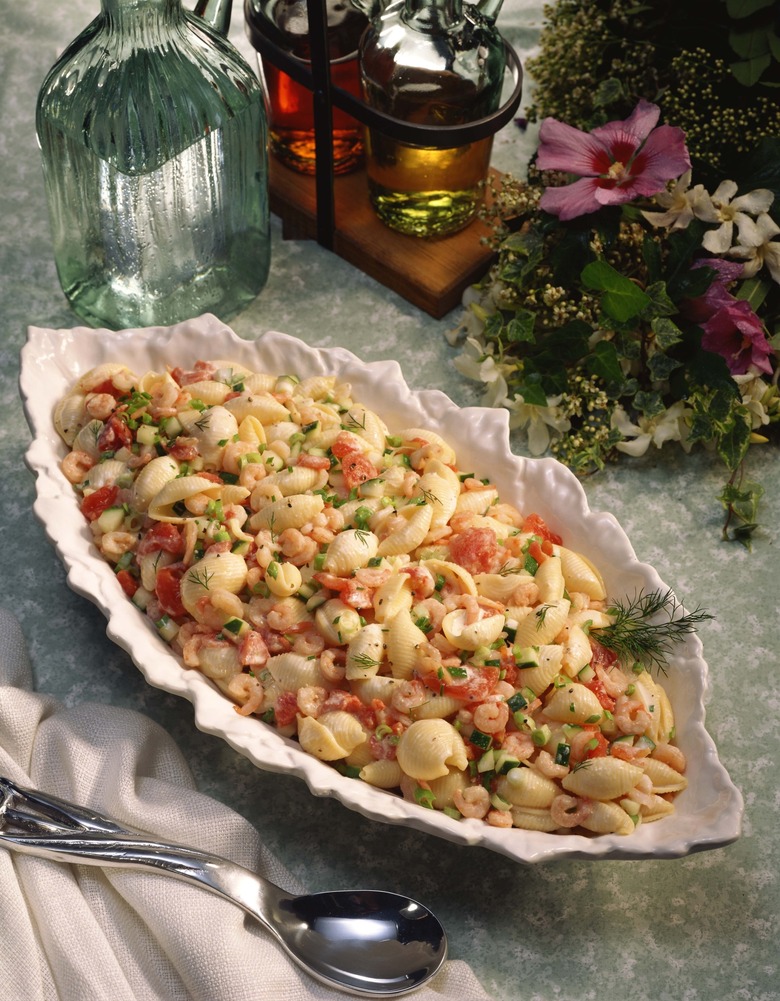What Is A Jonah Crab?
It is said that change is a constant, and that has certainly been true of the modern fishing industry. Over recent decades, sustainability concerns and variations in consumer demand have led to the rise and fall of many fisheries. Often a new fishery is built around a previously overlooked species. Jonah crab, common along the Eastern Seaboard, is one such emerging fishery.
Description
Description
The Jonah crab is an Atlantic species, closely related to the much-prized Dungeness crab harvested in the Pacific. Their habitat stretches from Atlantic Canada as far south as North Carolina. They are a deep-water species, rather than a tidal-zone species, and have long been a by-catch of the lobster industry. Physically they are oval in shape and similar in appearance to rock crab, though slightly larger, growing to 6 or 7 inches in width at the carapace.
Commercial Fishery
Commercial Fishery
Traditionally Jonah crabs have been considered a nuisance species prone to filling the traps of lobstermen. The commercial fishery for Jonah crab is new, dating back only to the 1990s, and relatively small. In 2011 the FishChoice website, focused on sustainability, cited the annual U.S. catch at 8 milllion to 9 million lb., complemented by a Canadian fishery of up to 1.5 million lb. During the first decade of the 21st century demand and prices for crab were high, drawing attention to Jonah crab as an underutilized species. Food manufacturers value Jonahs as a low-cost ingredient in crab products.
Sustainability
Sustainability
Most organizations providing oversight to the fishing industry consider Jonahs a good option for sustainability. The trap-based harvest is not invasive to other species, though whales are occasionally tangled in the traps' ropes. The major cause for concern is that because the commercial Jonah crab fishery is in its infancy, hard data are not yet available for the size of the stock and its fertility. This makes long-term sustainability a matter of guesswork. The U.S. fishery is currently unregulated. Canada has had a quota on Jonah crab since 1998, though it is seldom filled.
Culinary Use
Culinary Use
Jonah crab is not as sweet in flavor as many other commercial species, though it is still lean and flavorful. It is notable for its pure white color and delicately flaky texture. The claws are large and meaty relative to their legs, and the retail market is focused on claws as a lower-cost alternative to rock crab claws. The leg and body meat is used by seafood manufacturers to lower their cost in processed foods containing more desirable species, such as blue or rock crab. The claws are often precooked and notched then retailed in this convenient "snap-n-eat" form.
Cite This Article
MLA
Decker, Fred. "What Is A Jonah Crab?" sciencing.com, https://www.sciencing.com/jonah-crab-10001562/. 24 April 2017.
APA
Decker, Fred. (2017, April 24). What Is A Jonah Crab?. sciencing.com. Retrieved from https://www.sciencing.com/jonah-crab-10001562/
Chicago
Decker, Fred. What Is A Jonah Crab? last modified March 24, 2022. https://www.sciencing.com/jonah-crab-10001562/
